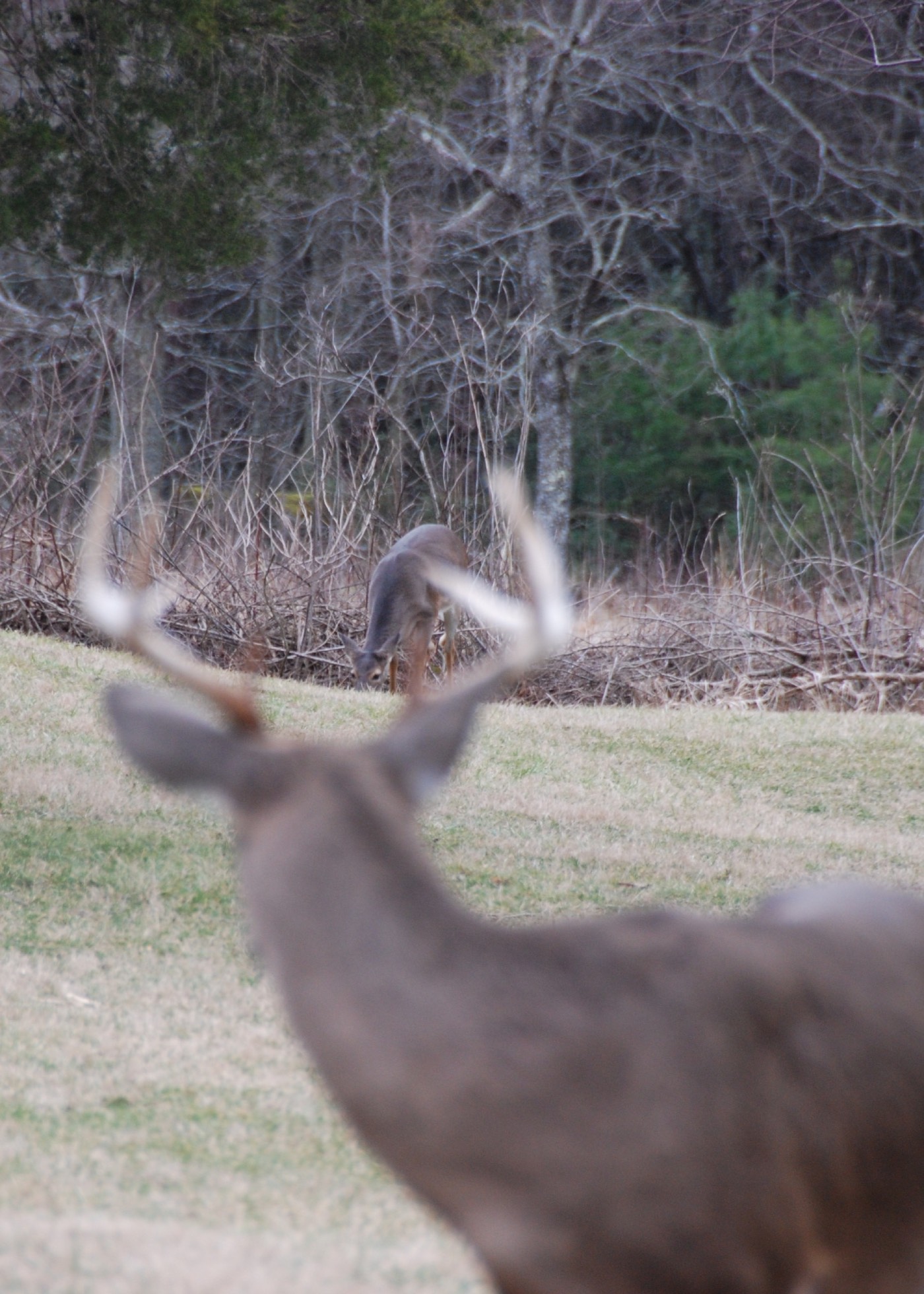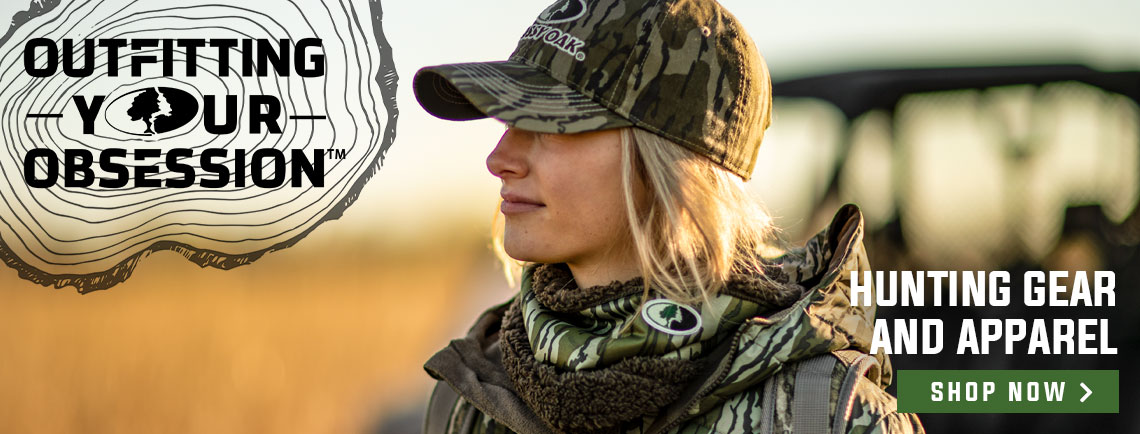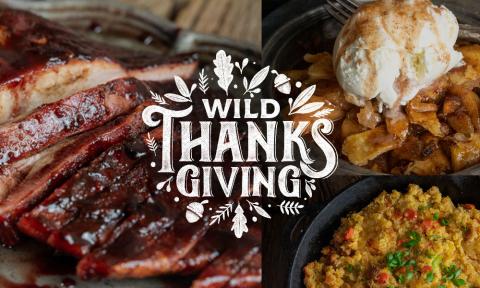Phillip Gentry
From the last day of deer season until the following Opening Day of the next season, whitetail deer hunters look forward to the coming rut. To most deer hunters, the rut means crisp, frosty mornings with trophy bucks trotting through the woods forever on lookout for a willing doe. In truth the rut can be broken down into three distinct phases, the pre-rut, the rut, and the post rut.
The pre-rut is actually what most hunters envision when they think about the rut. It’s scrapes, and rubs and post card scenes of majestic trophy deer moving through the woods. The post rut is not as cheery, imagine a clerk at the return counter in a large department store the week after Christmas – nobody is cheerful, everyone is worn out from the season and just trying to hang in there till the end of the season.
What is the Lock Down Phase?

The actual rut, also known as the tending phase, is the time period when the actual breeding takes place. It’s a time when the majority of the doe herd is being tended and bred.
Many deer hunters have a phrase for this part of the rut, it’s affectionately known as “The Lock Down”. The reference is to the two-to-three-week period when sightings and encounters with bucks in the woods has slowed down dramatically or come to a screeching halt.
The reason for this reduction in buck sightings, but not necessarily deer sightings, is because does are done running away and bucks are staying with them, often in some of the most remotest and thickest parts of their home ranges.
It’s essentially the only time the real-life deer world even slightly resembles the beloved Disney movie Bambi. The Great Prince of the Forest is closely attuned to Bambi’s mother needs and won’t stray from her side and even Bambi might get a kick to the head if he doesn’t learn to stay out of the bedroom.
The existence of a lock down period is made under the assumption that the majority of breeding age deer in a given area are breeding at the same time. Years of age-data from wildlife biologists would support this, to a degree.
Some deer hunters say the Lock Down is merely a myth, made up by unsuccessful hunters as an excuse for too much hunting pressure in the same handful of stands and at the same predictable times of day.
Another philosophy is that in some locales, there is not a hard and fast rut, that deer are prone to breed at any and all times from early October through the end of winter. This suggestion is made by hunter observation of fawns from the same year class with decided age gaps and rutting chasing behavior starting earlier and later than the prescribed time. Biologists point to unbalanced deer herds as a way of explaining this – too many does for them all to be bred during a short span of time.
How to Hunt the Lock Down Phase
The best method to increase trophy buck encounters during the Lock Down is to change your hunting strategy. Closely monitor trail cameras as well as change camera locations to heavier cover. Try to reestablish buck movement patterns and then pick a stand location that will allow you to intercept that buck during legal shooting times.
It’s also time to extend your time on stand as well as vary your hunting hours. All day sits are one option but a more practical option to remain alert during the hunt is to go into the stand 2 – 3 hours earlier than you normally would in the evening and or stay a couple hours longer on a morning hunt.
In order to maximize the amount of heavy cover you can hunt, try to pick stand sites that allow you to see a lot of the edge of thick cover. Obviously, this will be easier to hunt for the gun hunter then an archery hunter, but archers can hunt corners that give them viable options for more than one travel route.
The Lock Down is also the time to use rutting tricks as well – more aggressive calling, doe-in estrous attractants, and even rattling. If you are seeing does, and make sure these are not immature button bucks or yearling does, you are probably in as good a location as possible.
Sooner or later, a suitor will come calling.




























